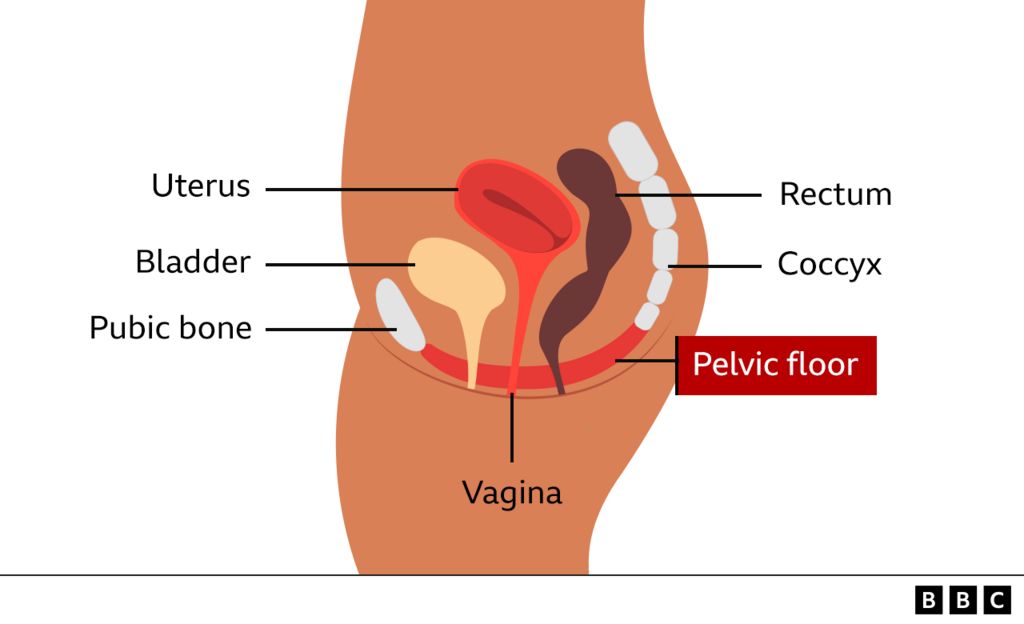-

-
-
Loading

Loading

Natashja Wilson, a 24-year-old woman from London, shares her experience with pelvic organ prolapse and hopes to raise awareness of the condition. At 18 years old, living away from home at university, she noticed a bulge coming out of her vagina and experienced incontinence, pain during intercourse, and a bulging sensation. Not knowing what was happening, she asked her friends, who suggested it might be her G-spot. She left it alone, hoping it would go away, but her symptoms worsened. After 18 months, she confided in her mother and finally saw a doctor, who confirmed she had uterine prolapse. Pelvic organ prolapse occurs when the pelvic floor muscles and tissues that support the pelvic organs weaken, causing one or more organs to move out of their normal position and create a bulge. This can affect the bladder, bowel, uterus, or top of the vagina. Many women are unaware they have a prolapse or have mild symptoms, but for others, it can significantly impact their quality of life. Symptoms may include a heavy dragging sensation, a feeling of something descending in the vagina, bladder and bowel issues, and discomfort during sex. While pelvic floor exercises and lifestyle changes can help improve symptoms, medical treatment such as vaginal pessaries or surgery may be necessary. Causes of prolapse include genetics, heavy lifting, constipation, persistent coughing, and pregnancy and childbirth, especially after a difficult labor. Natashja emphasizes that pelvic organ prolapse can affect younger individuals as well and aims to lift the stigma surrounding the condition through her social media presence and blog, "Living With Prolapse." Unfortunately, many women face barriers in seeking help for pelvic health problems due to embarrassment, lack of awareness, and a fear that their symptoms won't be taken seriously. Research indicates that efforts should focus on increasing awareness and education among women and healthcare professionals while changing the perception that clinicians don't prioritize women's pelvic health symptoms. It is crucial for women to discuss pelvic health concerns with their doctors. Sam Hindle, who experienced bladder prolapse after giving birth, shares her own story and urges people to talk openly about pelvic health to remove the stigma and encourage seeking help. She also highlights the importance of educating younger generations about pelvic floor exercises to prevent future complications. Natashja encourages women diagnosed with prolapse to know they are not alone and that there is a supportive community available to help them through their journey. She feels positive about her future after working with a pelvic health physiotherapist and using a vaginal pessary, which has increased her confidence in exercising. Overall, these women's stories shed light on the prevalence of pelvic organ prolapse, the need for awareness and support, and the importance of seeking medical help without embarrassment or hesitation.